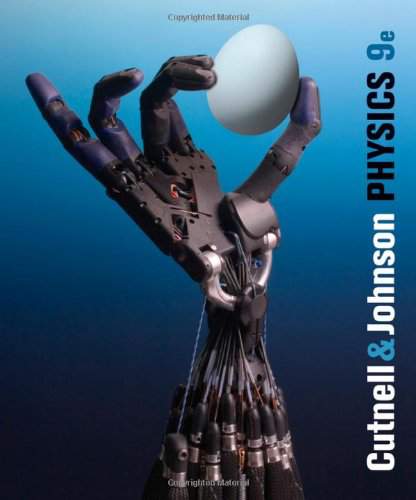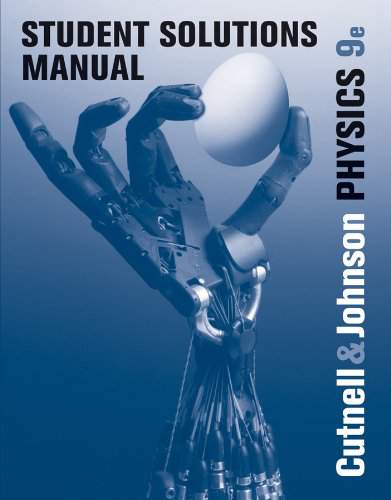Connecting...

This is a quick preview of the lesson. For full access, please Log In or Sign up.
For more information, please see full course syllabus of High School Physics
For more information, please see full course syllabus of High School Physics
High School Physics Center of Mass
Lecture Description
When we say a box exerts a force on the ground, what point on the box do we mean? If you were to crawl under the box so that a quarter of it were covering you, you wouldn’t feel all the weight of the box on you. That’s because the weight of an object is measured from its center, so that there’s as much of the object on the right as there is on the left as there is on top, etc. The concept of a center of mass is important in beginning our discussion on momentum as it’s an important concept to bear in mind as you solve problems involving linear momentum and collisions (like car crashes) in the next videos.
Bookmark & Share
Embed
Share this knowledge with your friends!
Copy & Paste this embed code into your website’s HTML
Please ensure that your website editor is in text mode when you paste the code.(In Wordpress, the mode button is on the top right corner.)
×
Since this lesson is not free, only the preview will appear on your website.
- - Allow users to view the embedded video in full-size.
Next Lecture
Previous Lecture















































1 answer
Mon Oct 21, 2013 9:33 AM
Post by Robert Mills on October 20, 2013
On Example 4 Cont, talking about the boys new position, why is it that xr=xb+1, and not xr=xb+2, because the boat is 2m long? He's starting from the extreme opposite at 2m, walks to the other side, equalling 2 full meters. I'm probably just reading this all wrong, haha!